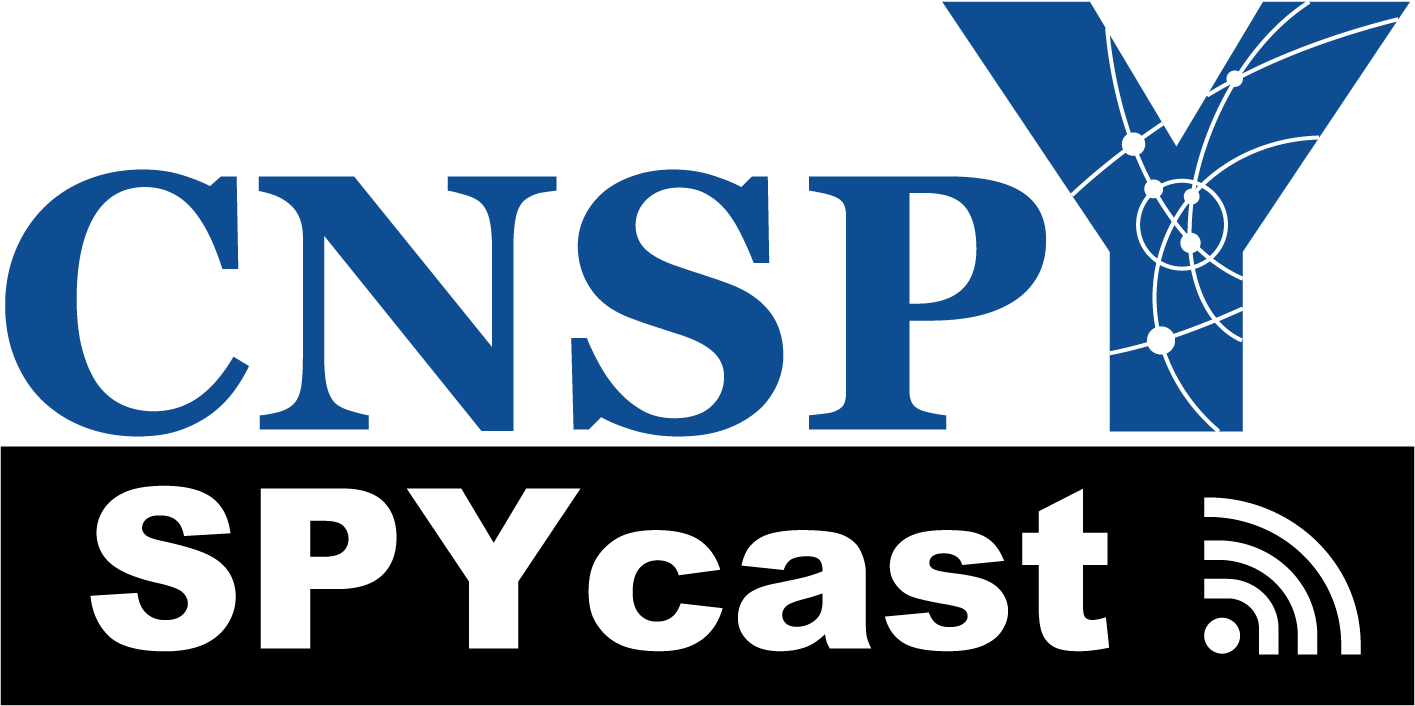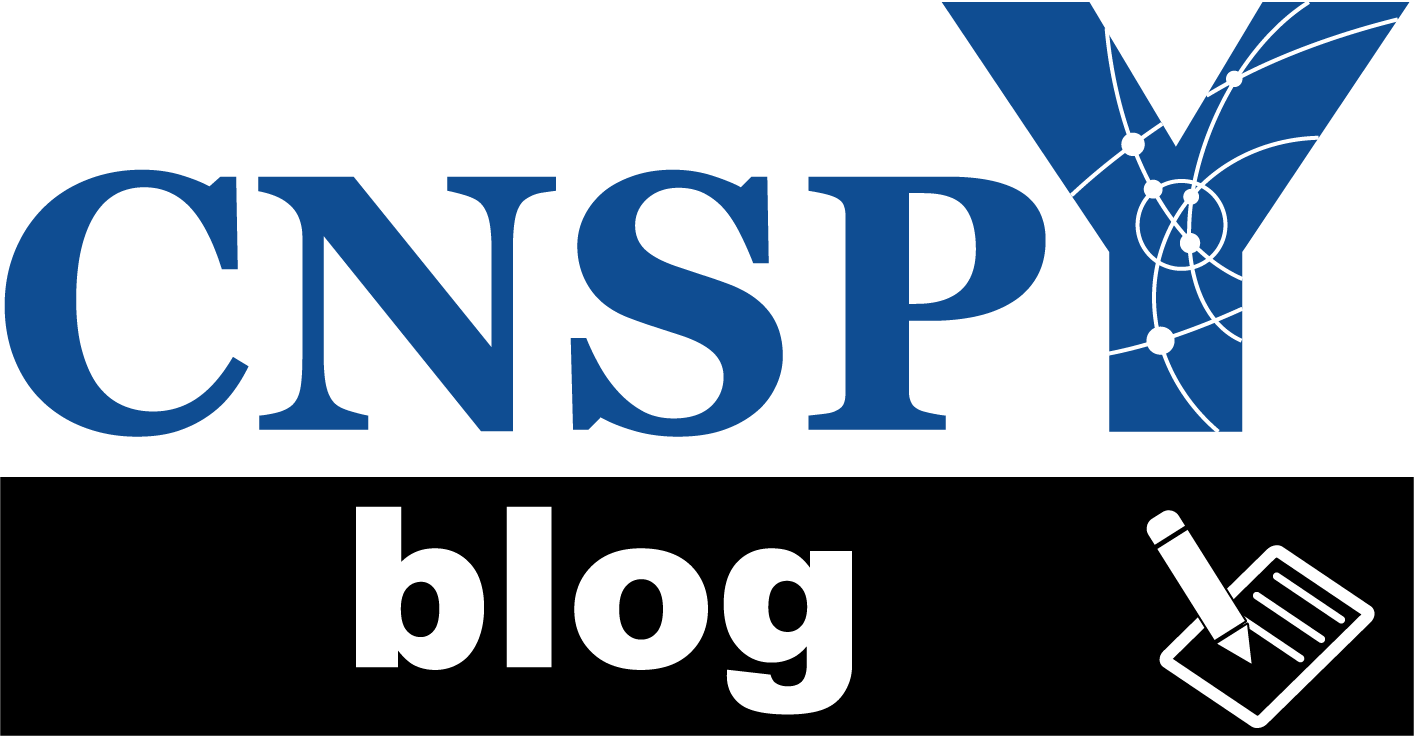Scientists have an unfortunate reputation of sometimes being socially awkward. While this doesn’t apply to all of us, everyone has some insecurities that can hinder our ability to make crucial contacts at networking events. But when 50% of all job hires are made via referrals, we can’t afford to miss out on making new connections at these events.
We’ve previously discussed many things you SHOULD do at networking events to increase your probability of success, but here, we’ll discuss the things you definitely SHOULDN’T do at networking events.
These “what not to do” behaviors are almost more important than what you should do because the damage that these behaviors can cause sometimes can’t be undone no matter how hard you try to overcompensate later with better behaviors.
Why? Because first impressions usually last forever.
First impressions are hard to change and even harder to reverse. So avoid giving someone a negative first impression of yourself by avoiding these five behaviors at networking events:
1) Don’t hold negative conversations.
Scientists who feel “stuck” in academia often have a negative attitude about almost everything, however, don’t let this come through in your conversations at networking events, ESPECIALLY with people you are meeting for the first time.
Don’t complain about your work, downplay or belittle your own accomplishments, or criticize the event itself. It’s easy to focus on the negative when you are frustrated with your current situation, but view the networking event as a lifeline, as a way out of academia – this should make you excited! Finally, A WAY OUT!!!
This should serve as a positive ray of light for you, so hold positive conversations. Instead of lamenting about all the problems you’re having (in the lab, with your advisor, etc.), shift your attitude and focus on problem-solving and finding solutions.
For example, if you love research, but hate academia, and you find yourself speaking to an Industry R&D representative at the event, talk about how you’ve recently learned a few new techniques and expanded your skillset. Then mention that you’re now hopeful you can find a position that utilizes these new talents to develop therapeutics for XYZ disease outside of academia. This is a much more positive spin on what could potentially be a frustrating situation back in the lab.
Always be looking forward and talking positively about what you want to do in the future instead of dwelling negatively on your past or current situation.
2) Don’t be glued to your smart phone the whole time.
In today’s technology era, many of us use our smartphones as a crutch. If we find ourselves standing somewhere alone, we don’t want to be perceived as unimportant or clueless, so we immediately pull out our phones and try to look busy… however, most of us are merely checking Facebook or Instagram. Oh yes, we’re very busy indeed…
It may feel less scary to stare intently at our phones instead of trying to hold conversations with complete strangers, but looking at your phone isn’t going to get you a referral to your dream job. People are. So go talk to people.
Instead of using your phone as a safety net, put it away, and don’t look at it during the event.
If you find yourself suddenly standing alone, see this as an opportunity to go start a fresh conversation with someone new. Often times, you can get stuck talking to the same people for far too long because the conversation never seems to hit a natural stopping point, and speaking to one person all night who may not be a great contact for you is as equally ineffective as not speaking to anyone at the event.
So if you find yourself standing alone, don’t retreat to your pocket to find your phone. Instead, go find someone new to speak to and maximize the number of contacts you make at the event. The more connections you make, the higher the probability that you’ll succeed at sustaining a professional relationship that results in a job offer.
3) Don’t socialize with only your labmates or people you know.
Another crutch that many of us lean on at networking events is spending time with people we already know, but this defeats the purpose of attending the networking event. If you spent the entire night only talking to people you know and likely see everyday, why did you bother going to the event in the first place?
Do not spend a lot of time talking to people you know at networking events. Instead, specifically seek out those you don’t know and get to know them. Make it a point to meet at least 3-5 people you don’t already know, including those with and without PhDs, at every event you attend.
Sure, you and buddy can jointly introduce yourselves to someone if you are uncomfortable approaching someone on your own, but huddling in a group 5 or more people from your own lab creates a circle that very few other people will attempt to infiltrate, leaving you with zero opportunities to meet someone new.
4) Don’t ignore the person standing alone.
Sometimes people have a tendency to ignore the people standing alone, assuming that they must be alone because they aren’t very important. Alternatively, some may think that these people would simply prefer to just be off on their own.
Ironically, think about point #2 above… When you were suddenly left alone, what did you do? Whip out your phone to avoid looking lonely or unimportant, right? But “looking busy” is usually a façade, because what are you really doing there? Checking Facebook and Instagram…
Consider the feelings you get when you’re standing alone and realize that when others are alone, they’re probably feeling the same way. The easiest way to help both of you is for you to approach the loner and strike up a conversation. Nervous that they don’t want to engage in conversation? Don’t be. They came to the networking event with the same goals as you – to meet people. Hence, they are expecting conversation with strangers. That’s your green light, so go for it!
Besides, people standing alone are the best people to approach because it’s far easier to make meaningful conversation in a one-on-one situation than it is in a circle of 3-4 (or more) people.
And although it may be less scary to sidle up to a group (almost unnoticeably in some cases), consider that it can be pretty hard to join the conversation in a circle of people because you’re often coming into it in the middle of the conversation. Then you’re left trying to figure out what they’re talking about first before you can add to the banter, AND it may take a while before you can even introduce yourself to the group.
All of these nuances are avoided when YOU begin the conversation, so target those loners and own the conversation (and the introduction) from the very beginning!
5) Don’t leave immediately after the last talk is over.
This is the worst thing you can do at a networking event because when the presentations are over, that’s when the magic begins.
Don’t convince yourself that just because the speakers provided their email addresses in their concluding slides that you’ve got everything you need to make a connection. True connections are made during face-to-face interactions and interactive conversation, not via digital back-and-forth email threads.
It will be much easier for someone to get to know you (read this as: “and want to refer you for a position”) when they can talk to you and interact with you. People are much less likely to recommend someone for a position who they have only “met” via email. Being able to see you, engage with you, get a sense of your personality, and maybe share a drink with you will go a long way in making connections that are more likely to pan out into potential employment opportunities.
So, after the last talk, plan on staying for the breakout mingling sessions. That western blot can wait another hour – it’s not going anywhere – but the connection to your dream job might be leaving in an hour, so capitalize on the time you have at the event! If you are truly “too busy” to stay for the whole event, skip the talks (although we do NOT recommend this!) and arrive at the start of the breakout sessions. This will be more worth your time. Again, you need to meet people, not just sit quietly and listen to presentations. Prioritize appropriately.
In sum, your time is valuable, so when you attend a networking event, take advantage of the opportunity and maximize your time with those in attendance. After all, you may not get a chance to meet them again (ever!), so don’t spend that time clinging to your smartphone or hanging out with your friends and labmates. Stay for the mingling sessions so that you can specifically meet new people, and in doing so, don’t be afraid to approach the loners – they’re the easiest targets! – and always keep your conversations on a positive note.
Of course, there are many other strategies that will help you be a better networker, but following these rules and avoiding these simple “don’ts” will increase your chances of being successful at networking events. Think about how you tend to approach networking events and consider incorporating some of these tactics!
** Give these tips a try at the next event you go to and let us know how it goes! **
Share your thoughts below by clicking the “Leave a Reply” link or by clicking the chat bubble in the top right of the post.




